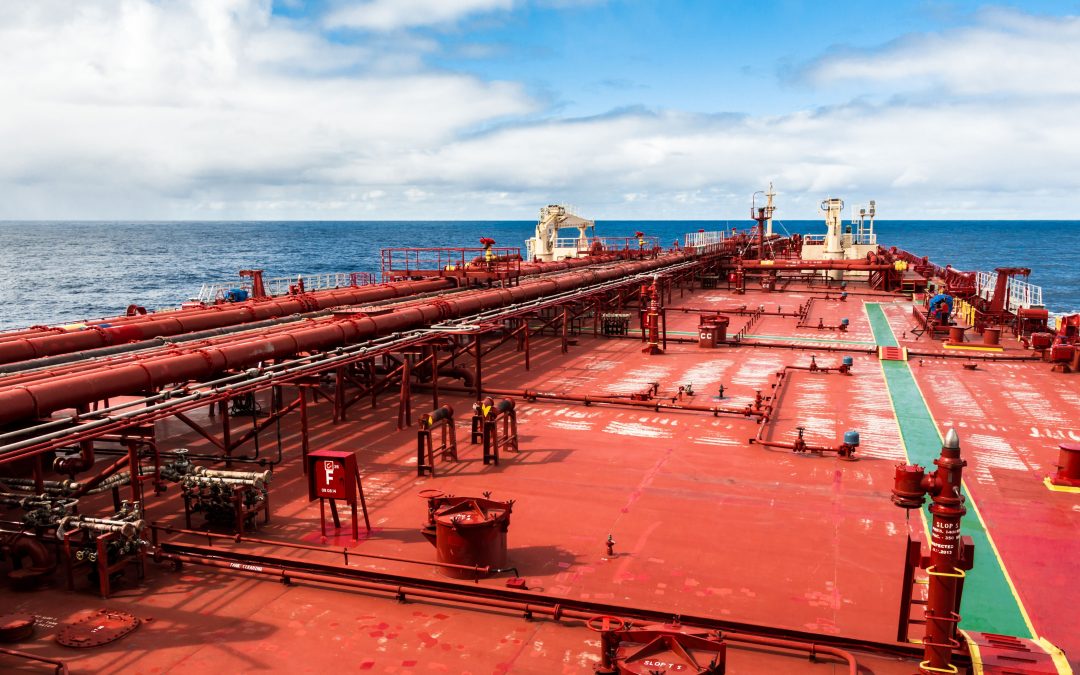Strong projected demand for jet fuel in 2024 is set to support clean tanker markets globally, with growing deliveries of petrochemical feedstocks to China and longer predicted sailing distances also contributing to a healthy outlook for the sector.
Jet fuel is set to remain the star performer of the oil barrel in 2024, following on from strong growth in 2023. According to the Nov. 28 Global Oil Demand Monthly Outlook from S&P Global Commodity Insight analysts, jet fuel will likely see demand growth of 1 million b/d in 2023, with annual gasoline growth close behind at 0.8 million b/d. Demand growth for other clean products is likely to decelerate in 2024, the analysts said.
Meanwhile, the clean shipping market will likely also see firm demand from deliveries of naphtha for use as a petrochemicals feedstock, as China builds out its own petrochemical capacity to replace imports.
“We believe that the recovery in jet fuel demand drove much of the clean tanker growth in 2023 but that 2024 growth is mainly going to come from increased demand from the petrochemical industry,” according to Niels Rasmussen, chief shipping analyst at industry body BIMCO.
Cargo volume growth in clean product tankers by the end of 2023 will be in the order of 1%-2%, BIMCO said in its Tanker Shipping Market Overview, with this set to accelerate to between 3% and 4% in 2024, and then 0.5%-1.5% in 2025.
Changing refining patterns
At the same time, the closure of refining capacity in Europe and recent capacity additions in the Middle East present longer distances between production and demand centers, which is also supportive for the clean tanker sector, market sources said.
With inventories of middle distillates particularly low in Europe at present, this offers bullish potential for clean tankers, Rasmussen said.
S&P Global shipping analyst Fotios Zakoulas said that both crude and clean product tanker markets will likely see bullish support in 2024, owing to cargo volume growth, increased tonne miles and global oil supply-demand dynamics.
In terms of routes, he predicted that Medium Range clean tankers should benefit from strong Transatlantic and intra-Americas oil flows, while strong Asian naphtha and jet fuel demand will likely support Long Range tankers East of Suez, from the Middle East Gulf to the Far East.
Market dynamics
“Naphtha and jet fuel are anticipated to drive oil demand growth, which together with the overall slower sailing speed and congestion, should shape market dynamics to benefit ship operators, but with short-lasting challenges potentially arising,” Zakoulas said.
Slower sailing speeds, known as slow steaming, are one tool that shippers are expected to use in order to meet tightening regulations on marine emissions. From Jan. 1, 2024 , the EU’s Emissions Trading System (ETS) is to start incorporating emissions from the shipping sector within the region.
Geopolitics and new regulations, such as import embargoes on Russian barrels in Europe and other jurisdictions, will support growth, while the anticipated expansion of the tanker fleet capacity will remain at low levels, Zakoulas said.
However, he also warned that the changing trade patterns across regions due to new refining capacity “might prove a challenge to tackle sporadically throughout 2024.”
Rasmussen also pointed out that, with the overall refinery capacity in China currently increasing, this growth will likely benefit crude tankers rather than clean tankers.
Platts, part of S&P Global Commodity Insights, assessed the rate to transport a 37,000 mt clean products cargo on the UK Continent-US Atlantic Coast route at Worldscale192.5 on Dec. 13, against w110 on July 17.
Platts assessed the lumpsum to transport a 60,000 mt clean products cargo on the Mediterranean-Japan route at $3.400 million Dec. 13, up from $2.100 million July 24.
Source: Hellenic Shipping News






